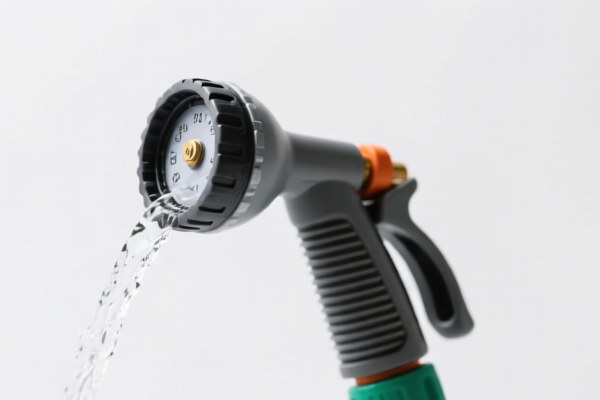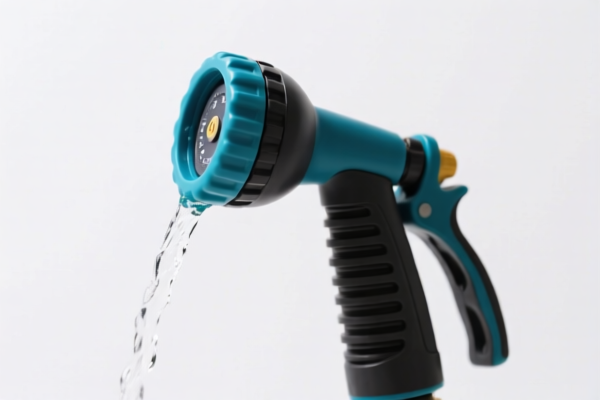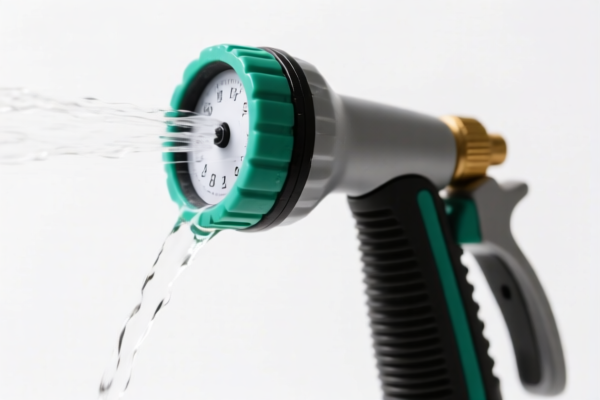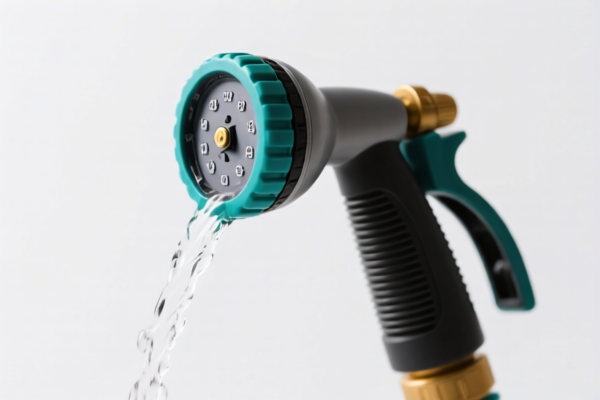| HS Code | Official Doc | Tariff Rate | Origin | Destination | Effective Date |
|---|---|---|---|---|---|
| 8424909080 | Doc | 80.0% | CN | US | 2025-05-12 |
| 8487900080 | Doc | 83.9% | CN | US | 2025-05-12 |
| 8487900040 | Doc | 58.9% | CN | US | 2025-05-12 |
| 7616995190 | Doc | 82.5% | CN | US | 2025-05-12 |
| 7609000000 | Doc | 35.7% | CN | US | 2025-05-12 |
| 8205591000 | Doc | 62.2% | CN | US | 2025-05-12 |
| 8205598000 | Doc | 58.7% | CN | US | 2025-05-12 |
| 8206000000 | Doc | The rate of duty applicable to that article in the set subject t+30.0% | CN | US | 2025-05-12 |
| 8548000000 | Doc | 55.0% | CN | US | 2025-05-12 |
| 7326908688 | Doc | 82.9% | CN | US | 2025-05-12 |
| 7325100080 | Doc | 55.0% | CN | US | 2025-05-12 |
| 7325995000 | Doc | 82.9% | CN | US | 2025-05-12 |




Conducting Nozzle
A conducting nozzle is a specialized component used in various industrial and scientific applications involving the controlled flow of conductive fluids – typically molten metals, plasmas, or electrolytes. Its primary function is to direct and shape the flow of these materials while simultaneously maintaining electrical conductivity between the fluid and the surrounding system.
Material:
The materials used in constructing conducting nozzles are critical, dictated by the fluid being handled and the operating temperatures involved. Common materials include:
- Refractory Metals: Tungsten, molybdenum, tantalum, and niobium are frequently used due to their high melting points and excellent resistance to corrosion by molten metals.
- Copper Alloys: Often employed for lower-temperature applications involving molten salts or electrolytes, providing good conductivity and machinability.
- Ceramics: Certain conductive ceramics (e.g., titanium diboride) can be used in specific applications where high-temperature stability and chemical inertness are required.
- Graphite: Used in some applications due to its high-temperature resistance and self-lubricating properties.
Purpose & Function:
- Controlled Flow: Precisely directs the flow of the conductive fluid, enabling accurate deposition, casting, or processing.
- Electrical Continuity: Maintains an electrical path between the fluid and the system, crucial for processes like arc melting, plasma spraying, or electrochemical reactions.
- Arc Stabilization: In arc-based processes, the nozzle geometry can stabilize the electric arc, ensuring consistent and controlled melting.
- Gas Shielding: Often incorporates channels for delivering shielding gases (e.g., argon, helium) to protect the fluid from oxidation and contamination.
- Fluid Shaping: The nozzle's internal profile determines the shape and velocity of the fluid stream, influencing the final product's characteristics.
Usage Scenarios:
- Arc Melting/Refining: Used to direct the arc and control the melting of metals in vacuum or inert gas environments.
- Plasma Spraying: Directs the plasma stream containing molten material onto a substrate for coating applications.
- Electroslag Remelting (ESR): Controls the flow of molten slag and metal during the refining process.
- Vacuum Arc Remelting (VAR): Similar to ESR, but conducted under vacuum.
- Metal Casting: Used in precision casting processes to direct the molten metal flow.
- Electrochemical Processes: Employed in applications like electroplating or electrowinning.
- Plasma Torches: Forms the exit of the plasma stream, influencing its shape and velocity.
Common Types:
- Convergent Nozzles: Used to accelerate the fluid flow.
- Divergent Nozzles: Used to decelerate and expand the fluid flow.
- Convergent-Divergent (De Laval) Nozzles: Combine both convergent and divergent sections for supersonic flow.
- Multi-Hole Nozzles: Distribute the fluid flow into multiple streams.
- Rotating Nozzles: Used to create swirling flows or uniform deposition.
- Pin-Type Nozzles: Deliver a focused stream of fluid.
- Water-Cooled Nozzles: Incorporate internal cooling channels to prevent overheating.
- Gas-Shielded Nozzles: Integrate channels for shielding gas delivery.
Based on the provided information, a conducting nozzle can be classified under several HS codes, depending on its material and specific application. Here's a breakdown:
-
8424909080: This HS code covers mechanical appliances (whether or not hand operated) for projecting, dispersing or spraying liquids or powders; fire extinguishers, whether or not charged; spray guns and similar appliances; steam or sand blasting machines and similar jet projecting machines; parts thereof. Specifically, it includes “parts” and is categorized as “Other Other”. The tax rate details indicate a base tariff of 0.0%, an additional tariff of 25.0%, and a 30.0% additional tariff after April 2, 2025. A total tariff of 80.0% applies, with a 25% additional tariff for steel or aluminum products. This is applicable if the nozzle is part of a larger spraying appliance.
-
7616995190: This HS code covers other articles of aluminum, specifically categorized as “Other: Other: Other Other: Other: Other”. The tax rate details indicate a base tariff of 2.5%, an additional tariff of 25.0%, and a 30.0% additional tariff after April 2, 2025. A total tariff of 82.5% applies, with a 25% additional tariff for steel or aluminum products. This is applicable if the nozzle is made of aluminum.
-
7326908688: This HS code covers other articles of iron or steel, specifically categorized as “Other: Other: Other: Other”. The tax rate details indicate a base tariff of 2.9%, an additional tariff of 25.0%, and a 30.0% additional tariff after April 2, 2025. A total tariff of 82.9% applies, with a 25% additional tariff for steel or aluminum products. This is applicable if the nozzle is made of iron or steel.
-
8205591000: This HS code covers handtools (including glass cutters) not elsewhere specified or included; blow torches and similar self-contained torches; vises, clamps and the like, other than accessories for and parts of machine tools or water-jet cutting machines; anvils; portable forges; hand- or pedal-operated grinding wheels with frameworks; base metal parts thereof. Specifically, it includes “Other handtools (including glass cutters) and parts thereof: Other: Pipe tools, and parts thereof”. The tax rate details indicate a base tariff of 7.2%, an additional tariff of 25.0%, and a 30.0% additional tariff after April 2, 2025. A total tariff of 62.2% applies. This is applicable if the nozzle is a hand tool used for pipe applications.
Regarding HS code 7616995190 and 7326908688, please note the need to verify the material composition (aluminum or iron/steel) and may be subject to the 25% additional tariff for steel or aluminum products.
Customer Reviews
No reviews yet.